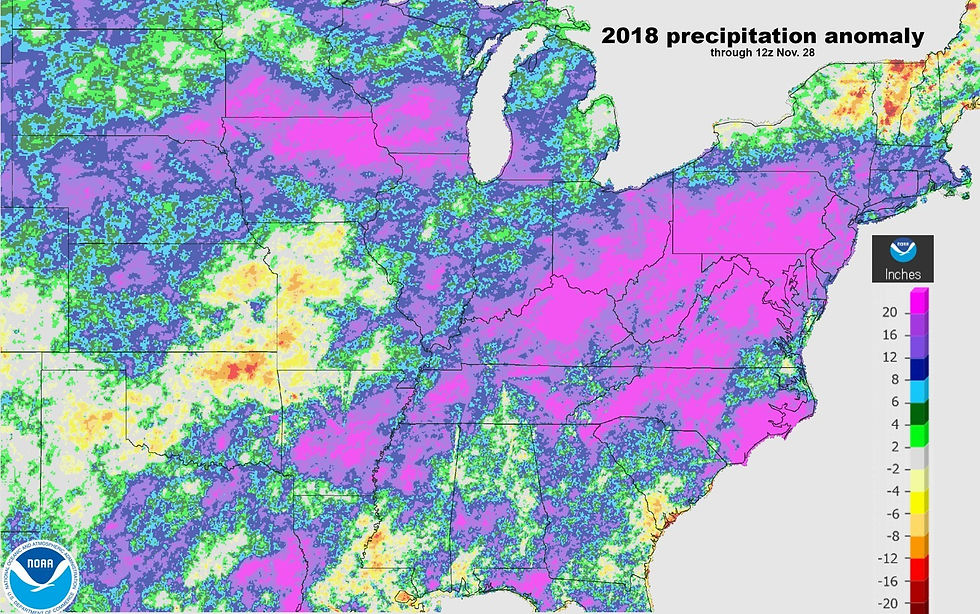The Ripple Effect: The Economic Benefits of Ecological Restoration
- Watershed Moments
- Jun 16, 2017
- 3 min read
As a community, we’ve only just begun the historic effort to clean up the Chesapeake Bay, and yet there have been many success stories. Chances are if you’re reading this that you’ve heard about the improving health of the mainstem of the Chesapeake, about the recovering SAV and crab populations, and the environmental benefits of the hundreds of watershed restoration efforts underway in our area. All of this is wonderful for so many reasons and should be celebrated, but there’s more to the story…

I’m just going to throw a fact down that will shock you: the ecological restoration industry employs more people nationally than coal mining, logging, or steel mills. It’s a $9.5 Billion industry that directly employs 126,000 people across the country, but you’re not going to hear about that in Washington anytime soon and you certainly won’t see it on the news. Locally, the untold story is the economic injection that the Chesapeake Bay restoration effort represents. The industry in the Chesapeake watershed is still relatively nascent, it’s a small component of the national ecological restoration industry, and there isn’t a powerful lobby touting its benefits. However, the economic benefits that our watershed restoration effort brings to our local economy are very significant, and in my opinion, woefully under reported.
To understand what makes ecological restoration such an economic catalyst, you need to understand how the work involved is done. There are several factors that make the economic benefits of restoration unique. Unlike many other industries, the very nature of watershed restoration requires that local resources be used to execute projects. There is no offshoring possible here! Very little of money spent on restoration leaves the region, which means that the economic benefit is directly felt in the area where restoration occurs. Most materials are sourced very close by and many local services such as survey, fuel, equipment, maintenance, and trucking are also sourced close to the site. Often, specialized knowledge of local watersheds, regulations, and geological conditions require practitioners with local roots. Furthermore, it’s clear that when there is strong and consistent funding for restoration, the pool of practitioners employed in local restoration swells, further intensifying the ripple effect restoration has on the local economy. There is a clear multiplier effect that magnifies the benefit of each dollar spent.
It’s not just a hunch either-- recent independent studies by UMASS, The Walton Family Foundation, and the University of North Carolina show that ecological restoration is exceptionally effective at creating jobs. One study focused on specific restoration projects in Massachusetts and Montana found that $1 million in spending on forest, land, and watershed restoration directly and indirectly employs 39.7 people for one year, while the construction industry average is 24. For context, military spending creates 6.9, and healthcare creates 14.2-- restoration blows other more prominent industries out of the water when it comes to employment.
The point I’m trying to make is that the environment isn’t the only thing we’re restoring when we do this work—the economy gets healthier too, and even the least green among us can get behind that.
Liam O’Meara,
President of EQR
Contact EQR:
As environmental construction experts for over 26 years, Environmental Quality Resources is proud of our mission of working outdoors to preserve and protect our watershed in a positive way. Visit us online or give us a call at (410) -923-8680 to get more information and see if we are what you’re looking for. Looking to see what we are currently working on and more about our company? Follow us on Facebook, Instagram, LinkedIn, Twitter, and YouTube!










Comments